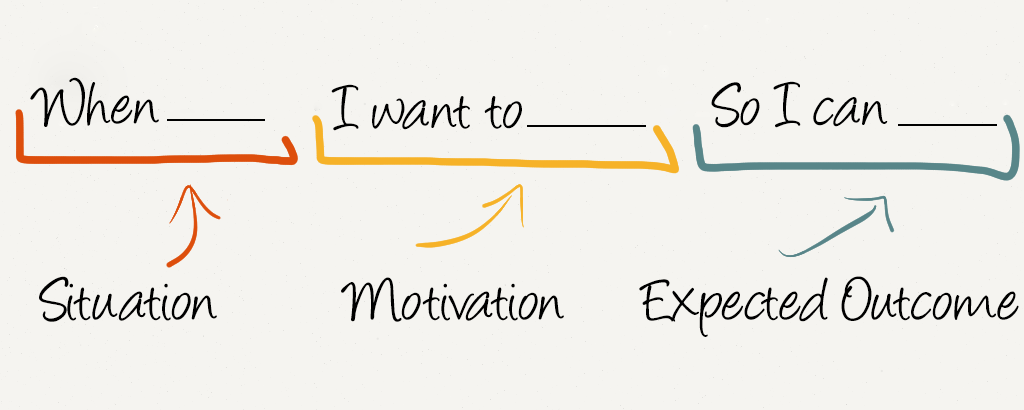Prospective customers sometimes ask us to sign papers that would—whether instead of or alongside our own legal documents—govern our business relationship with them. Schools with the cash to have lawyers draft stuff for them are lucrative prospects, and we should be happy sign whatever if it'll bring them aboard.
But we decline to sign every single time.*
Why? What could Isaac's signature on another piece of paper do to our business?
The answer is, We don't know. Some of these documents outsize our own by an order of magnitude. They're written by lawyers working in other states. They contradict or negate our own Terms. They oblige us to requirements totally foreign to college software. For all we know, they could cripple the way we do business, and so make things sticky for all the rest of our customers.
They're just full of potentially expensive unknowns.
We do know this: our relationship with that customer would be very different from what we enjoy with everyone else. And that's just not worth it for anyone.
The Terms of Service define our relationship with our customers, and we want that to be a relationship of trust, adaptability, and common sense. The Terms protect both Populi—our property, employees, and business—and our customers: your data, your rights, and your enjoyment of the service. They permit our ongoing release of new updates that improve the value of the service. They let us update the Terms so no one is bound to what worked in 2008 but doesn't in 2013. And they give us the leeway to not enforce the Terms in a given situation—because we wanted the right to not be hardnoses about everything.
But it's not just the relationship that's valuable. It's also the fact that the relationship is the same for everyone: every school and every user is on the same footing as every other school and user. We cherish that. It's simpler in terms of administration—managing different agreements with different customers just doesn't scale. It's simpler in terms of knowing what to do when situations arise—support issues, pricing questions, data challenges. And it's simpler in terms of development—we're not bound to develop Populi to satisfy the requirements of someone's unique contract.
In a nutshell, we like the Terms of Service because we like the relationship they foster between us and our customers.
And that's why you won't catch Isaac's signature on some other piece of paper. Trust, adaptability, and common sense are just too valuable to this relationship.
* Do pardon the rhyme.






